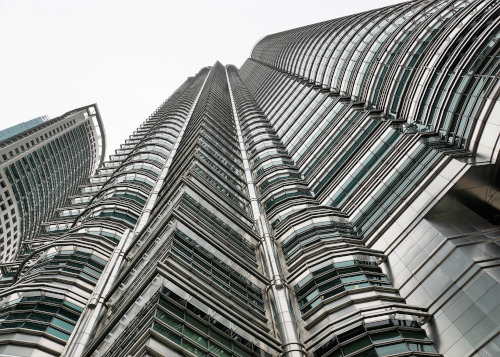About the Author: Brian Kettell
The team worked, until recently, as an Advisor to the CEO at the Islamic
Development Bank Group based in Jeddah, Saudi Arabia. They worked for several years as a Senior Economist for the Central Bank of Bahrain and the Arab Banking Corporation
We have worked with the Sukuk structuring team for several central banks and
for the IDB. They taught Sukuk courses at numerous GCC Banks and throughout Africa with the African Development Bank.
They have given presentations at Harvard Business School.
We have published 11 books on Islamic Finance.

What is Securitisation ?
Securitisation is the process through which existing assets or future cash flows are converted into marketable securities. Those assets or cash flows are, inherently, not marketable. There are two types of securitisation — asset backed securitisation and future flows securitisation. Some of the assets that can be securitised are loans and future cash flows like credit card payments, car rentals or any other form of future receivables. Securitisation is common in the US and Europe.Securitization – an example
Securitization is the process of transforming collateral or obligations into traded securities. An easy way to understand this is through example. The mortgage backed securities market is one of the largest and most liquid in the United States. Through the process of securitisation, mortgages are transformed into bond-like securities. Assume a bank has made 100 mortgage loans ranging from $150,000 to $350,000 each to new homeowners this month. The homeowners have agreed to pay interest rates from 6.00% to 6.50% for 30 years on their various mortgages. Instead of holding 100 different mortgage loans of different sizes and coupons, and having risk to the credit of these homeowner on their balance sheet, the bank can use expected cash flows on the mortgages to securitize the mortgages into a mortgage-backed-security (a bond backed by the cash flows of the mortgages). In this case, assume the average loan size was $200,000, and the average interest rate was 6.25%. The 100 loans could be packaged together to create a $20,000,000 security paying 6.25%. Such a security would have a prospectus, which outlined the terms of the bond, and would get a credit rating. The process of securitization transforms those smaller loans into a larger, more uniform, liquid security. This security could then be sold to an investor, such as a hedge fund, insurance company, mutual fund, or even another bank.What is Islamic Securitisation ?
Islamic securitisation is a legal structure that uses the main principles of Islamic finance to achieve the economic purpose of transformation of non-tradable assets into tradable securities. Islamic securitisation relies on structural arrangements of asset transfer from the originator of the asset to a special purpose vehicle that will issue securities. The assets typically comprise of income generating financing arrangements entered between financial institutions and their customers. These incomes generating financing arrangements can comprise of a portfolio of home financing contracts structured using Ijara financing, a vehicle finance portfolio structured using Murabaha or Ijara financing or participations in larger syndicated financing transactions concluded using Sharia’a compliant structures.


